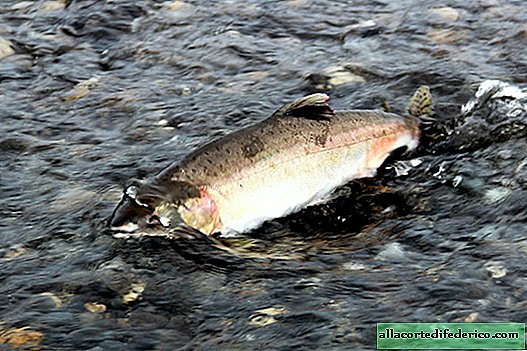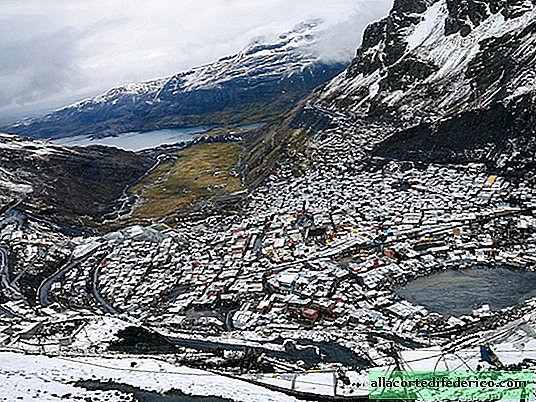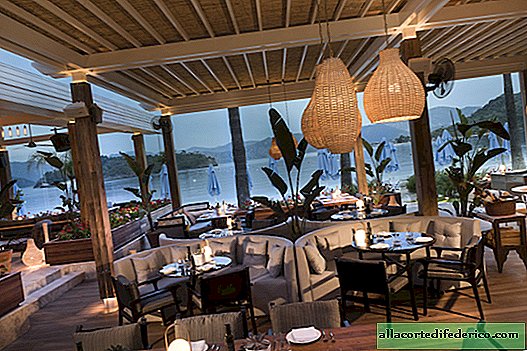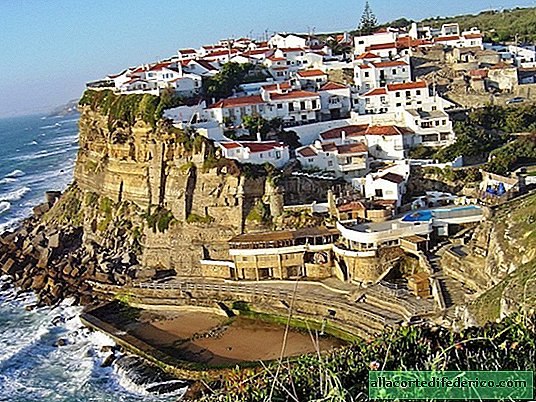Norwegians in panic: what ended the experiment on breeding pink salmon in the Barents Sea
On our planet already lives many species of animals that have been specially resettled by people in new conditions for them. Most often this was done so that the acclimatized species could be further used as a commercial animal. The Soviet biologists were guided by the same goals when they decided to introduce Pacific pink salmon into the waters of the Barents Sea and into the rivers of the adjacent Kola Peninsula. Pink salmon, which initially did not want to breed under the new conditions, still managed to settle in the European north of the country decades later, but only now the inhabitants of Norway are not happy with such neighbors. We tried to find out why the valuable salmon fish did not please the Scandinavian neighbors.

For centuries, salmon was the most valuable fish of the Kola Peninsula and the adjacent Barents Sea. But this species showed a gradual decline in numbers due to overfishing, and population recovery was slow. And then biologists and traders began to look for a candidate for the role of mass fast-growing fish, which would be able to meet the growing needs of the region in case of successful introduction. It was decided to settle Pacific salmon in local reservoirs. This species differs from all other salmon fish in rapid growth, and also forms numerous populations in its homeland.

The first attempts to introduce pink salmon inhabiting the rivers of the Far East of the country did not give a stable result. Caviar has been imported from the rivers of Sakhalin Island and neighboring regions since the 50s of the last century, but a stable population has not arisen in the waters of the Barents Sea. The reason, as scientists believe, was a big difference in natural conditions. In addition, it turned out that the pink salmon population is divided into two independent groups, which some experts even attribute to different species, based on some genetic differences. The first goes to spawn in an even year, and the second - in an odd year, and these two independent groups do not mix with each other. The fish reach sexual maturity at 2 years old, and the specific spawning periods for different groups are different. Individuals from even groups enter spawning later than their relatives from odd groups, and this population is not so large.

Later, in the 80s, it was decided to bring eggs of individuals living in the northern part of the Sea of Okhotsk and going to spawn in the rivers of the Magadan Region. For these purposes, it was precisely the odd population that was selected, as the most numerous. Since the 90s of the XX century, the formation of a stable pink salmon population in the Barents Sea basin has been observed. Acclimatization was so successful that fish began to spawn not only in the rivers of the Kola Peninsula, but also regularly recorded in the rivers of Norway.

In recent years, Norwegian fishermen from Finnmark have increasingly caught acclimatized pink salmon in their rivers, which they have called "Russian salmon." For example, in 2017, when the last time the odd population went to spawn, more than 6,000 pink salmon were caught in the rivers of Norway. Scandinavian fishermen are not at all happy with such guests and believe that the presence of pink salmon can harm local fish species, including valuable commercial breeds such as trout and Atlantic salmon. Young pink salmon growing in rivers are a food competitor for local fish, and the mass death of fish after spawning leads to clogging of water bodies and an excess of rotting organic matter.

Norwegians, worried about the massive entry of pink salmon into their rivers, this year called for the extermination of "Russian salmon" in all possible ways. It should be noted that pink salmon was well acclimatized in the Barents Sea basin, cases of its stay in the rivers of the Kara Sea basin have already been recorded - the species is moving eastward, exploring new territories on its own. But evidence that pink salmon harms species living in the rivers of the Kola Peninsula and the Arkhangelsk region has not yet been reported. Fish killed after spawning serve as an excellent food for local species, and fishermen are always happy with the massive entry of pink salmon into the rivers of the Kola Peninsula.


















